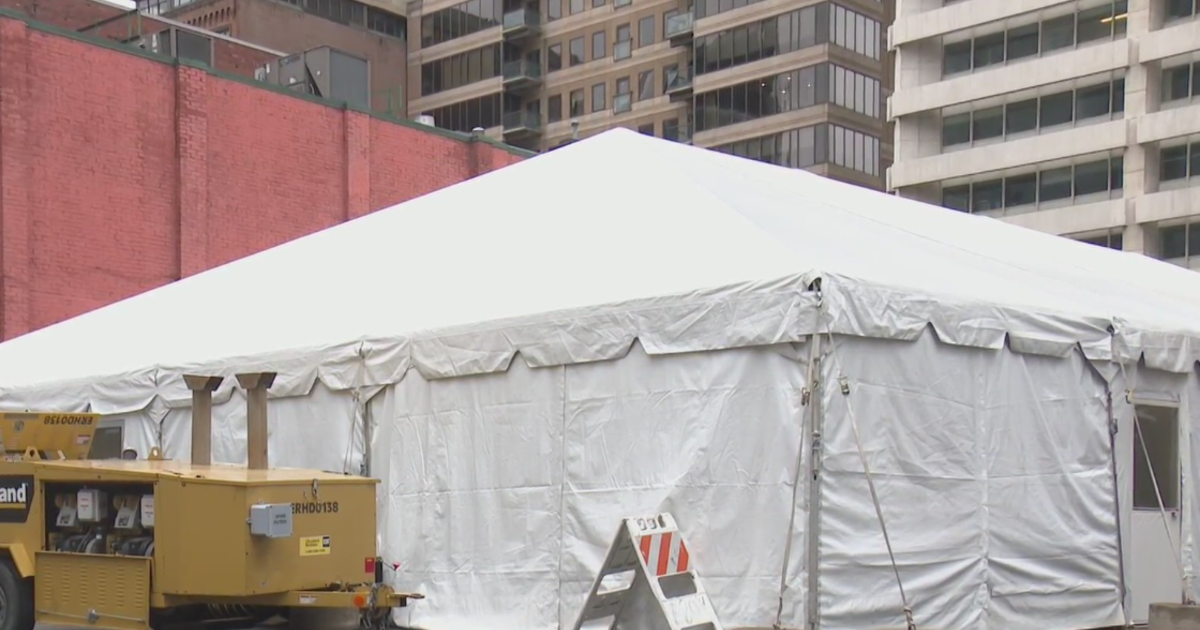School District Turns To Biometrics For Students Paying
PITTSBURGH (KDKA) -- There few things more frustrating than that phone call from your credit card company's security department letting you know your account has been compromised and they need to cancel your card.
If it hasn't happened to you yet, consider yourself lucky. In fact, it happening so much that tighter security and alternatives are being considered.
"You can potentially eliminate a lot of fraud right now through utilizing biometrics," says the director of the Carnegie Mellon CyLab Biometrics Center Marios Savvides.
The CMU Biometrics Center is currently refining applications of Biometrics for practical applications in the real world.
In some places, biometrics are already at work, like the Blackhawk School District in Beaver County.
Walk into the cafeteria of any of the Blackhawk schools and at first you won't notice any difference. But at every cash register the students are "paying" with their index fingers.
As Highland Middle School eighth grader Logan Peterson says, "It makes everything a lot easier because all you do is put your finger down, it scans it and you're done."
Blackhawk Food Service Director Sue Lukacs says with the students using the finger scan payment method, "There are no tickets, no tokens, nothing to pass out every day. Plus, we don't have misidentifications; we don't have kids buying lunch on somebody else's account. There's only one child that can scan with that finger."
When Blackhawk students are first enrolled in the school, they scan both of their index fingers and they are good to go through graduation. Parents deposit money by sending in checks or going online.
While Blackhawk only uses bio-scanning in its cafeterias, other school districts use the technology in the library, computer labs, and even homeroom to take attendance.
Finger scanning is only the tip of the biometrics technology. While the system being used in schools scans the surface of the finger, there are other finger scanners that actually see the vein patterns inside the finger.
The most advanced form of biometrics is facial recognition, but it's almost too advanced for point of sale applications. Instead, the technology that is considered most likely to end up at a cash register near you is "iris scanning."
CMU Biometrics grad student Shreyas Venugopalan says the scanner, "captures the eye image, locates the iris portion in the eye, and then extracts features that are characteristic of only you."
He says the iris is even more distinctive than the fingerprint.
Dr. Savvides says the key is getting the technology user friendly is "so that it happens instantly and you don't even realize it."
Every time a major retail chain gets hacked dry, Savvides believes the value of biometrics becomes more evident.
"It's definitely a better approach than what we're currently using right now," said Savvides.
While biometrics could one day replace the need for plastic all together, an initial marrying of the technology with existing credit cards would go a long way to curbing fraud.
"Because there is no guarantee that the person who is using the credit card is the person who is authorized to use it," said Savvides. "Biometrics would provide verification."
And, of course, a card without the proper finger or eye to scan would be worthless.
You May Also Be Interested In These Latest News Stories
Join The Conversation On The KDKA Facebook Page
Stay Up To Date, Follow KDKA On Twitter



